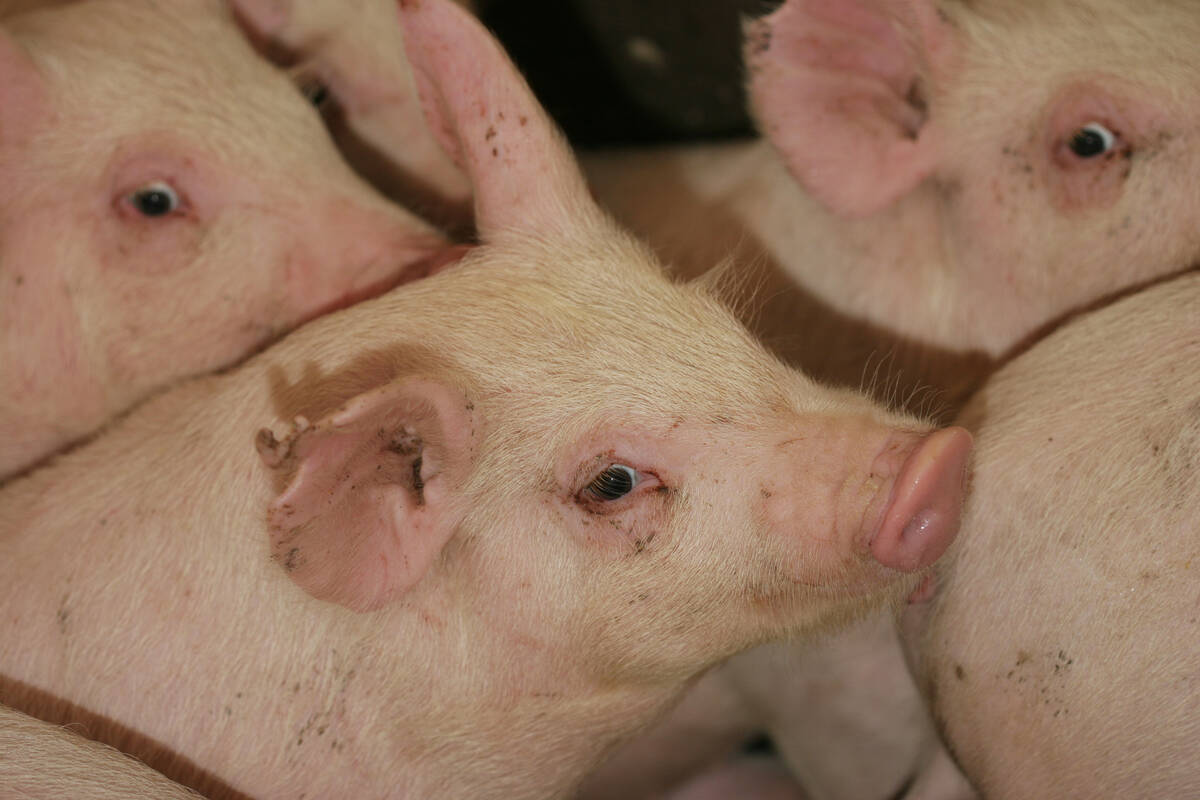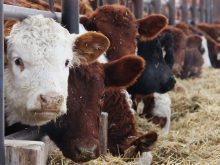Pork producers need to find ways to encourage people to buy Canadian meat if they are to save their industry.
Alberta pork producers developed a strategy earlier this year but it already needs a rewrite because of changing market conditions, analysts told the organization’s annual meeting Dec. 4.
“It is not just about Canada or Alberta. There are two parts to this strategy. What we are trying to do is create a massive demand for our product,” said Ben Woolley, vice-chair of Alberta Pork.
“Up until now, pork is sold as a commodity and the industry needs to create a brand that people really want to have,” he said.
Read Also

The Western Producer Livestock Report – September 25, 2025
The U.S. national live price average for barrows and gilts was $81.21 Sept. 17. It was $78.37 Sept. 9. U.S. hogs averaged $106.71 on a carcass basis Sept. 17, up from $106.10 Sept. 9.
“The pork industry has never given the Canadian consumer a reason to buy Canadian pork,” said consultant Jerry Bouma, who has been working with the organization.
Meetings are ongoing with Oylmel Foods to see if Alberta could work toward an integrated industry model that can bring producers and processors together with shared investment.
“The interest to move forward on this is sincere,” he said.
Delegates to the annual meeting agreed and passed a resolution to find a partner who wants to invest with producers at the processing or production level to achieve long-term sustainability for the Alberta pork industry.
New investment is needed in plants but producers do not have the capital, so it may have to come from Asia.
“There are capital funds that are interested in investing in agriculture and they will be more interested when the markets settle down,” said Larry Martin, senior research fellow with the George Morris Centre, an independent think-tank. He helped write the Alberta pork strategy but is reconsidering it because the situation is changing.
Working with a processor to create a unique brand is part of the original proposal to promote industry practices like sound environmental management and animal care.
However, the United States is meeting the same standards and is stealing markets that Canada traditionally held, said Martin.
The industry needs to go beyond Alberta borders and talk with other provinces to develop more processing capacity.
One suggestion is plants with a higher level of mechanization so robots can replace labour.
The plant may also have to decide whether it handles primary or secondary processing. Some customers may prefer to receive carcasses and cut them up to suit themselves.
A new payment system should also be considered where the value of the pork coming out of the plant gets split between packer and producers.
Location of a new plant is another prime concern, especially for those serving the export market where freight rates must be economical.
The economic turmoil must be factored in when creating a new brand name that may cost more when people are already switching to cheaper meat selections.
Martin and Bouma said after this recession the world will be more concerned about natural capital and how food producers treat the environment.
A recognizable brand is needed with third party certification to encompass traits involving the environment, natural heritage, biosecurity, water use, good animal care and feed production.
The pork producers are meeting with major retailers to see what branded programs could fit in with the stores’ buying practices. Businesses are not keen on a branded product, preferring to go to the cheapest suppliers.















